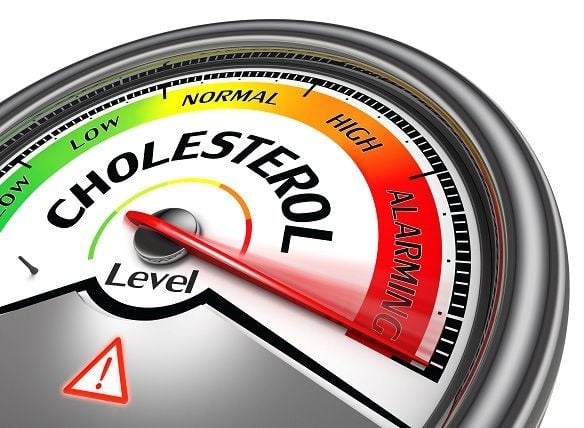Learn why a blood test is important, how it is performed, and how to interpret the numbers. In this video, we will discuss a lipid profile - a group of tests which assesses your risk of developing heart disease. We will also discuss the hemoglobin A1c test.
You likely had blood tests done when you visited your doctor. Do you ever look at the results and understand what they mean? This video will show you what, how and why. The blood sample is drawn from the vein in your arm by a health professional, and it is almost painless. Why is a blood test important? It is an extremely useful diagnostic tool. The results can tell you how your body's functioning and the overall state of your health. Blood tests can be used to screen for disorders, track the progress of medical treatments and alert you of potential health problems, thus helping you take action to prevent or treat them. Therefore, it is important for you to know how to read your results and to understand what the numbers mean.
Interpretation of test results: Compare the numbers of your test results to that of the reference or normal ranges given. More importantly, follow the trend of your results with time for a more meaningful interpretation. Please note that the numbers can vary somewhat from laboratory to laboratory. Be sure to always use the reference numbers given by the specific laboratory where your test is done.
What does a routine blood test panel include? This blood test panel include many different types of tests for different purposes, such as lipid profile, blood sugar level test, electrolyte levels and liver function tests. It is usually done with fasting blood, that is no foods or drinks except for water for more than 8 to 12 hours before the blood draw. It includes tests for risk factors for common disorders, such as heart disease, diabetes, liver disease and kidney disease, among others.
Some of the slides in the above video show examples of some of the common tests that are performed in blood samples. Some of the tests that we will be going over include lipid profile, a comprehensive metabolic panel, measuring glucose levels and hemoglobin A1C, liver function tests, kidney function tests, thyroid function tests and complete blood count. You need to look at the whole picture, not just one of the tests.
Lipid profile. It tells you if you have a risk factor for developing heart disease. A panel of tests includes the following, total cholesterol. The recommended level is under 200 milligrams per deciliter. Your body uses cholesterol to help build cells and make hormones. Too much cholesterol in the blood can cause formation of plaques on the walls of your blood vessels and increase your chances of having a heart attack or stroke.
HDL or high-density lipoprotein. The recommended level is more than 45 milligrams per deciliter is often referred to as good cholesterol. It helps bind fat in the blood and carry it to the liver for disposal. Low density lipoprotein or LDL. The recommended level is lower than 129 milligrams per deciliter is often referred to as bad cholesterol and is made up of mostly fat and only a small amount of protein. A high level may increase your chances of developing heart disease.
Triglycerides are essentially fat in the blood that is used to provide energy to the body. They are your main form of fat. Triglycerides, the recommended level is lower than 200 milligrams per deciliter. A level of 240 to 499 milligrams per deciliter is considered high. A level of more than 500 milligrams per deciliter is considered very high, so some action needs to be taken to lower it. High triglyceride levels may lead to heart disease, especially in people with low levels of good cholesterol and high levels of bad cholesterol. Having a healthy diet and regularly exercising can help lower triglyceride levels and improve cholesterol.
Glucose or blood sugar is a source of energy for the cells in your body. Foods such as bread, pasta, rice, and fruit contain carbohydrates that are turned into glucose in your body. This raises your blood glucose level. The glucose test helps screen for diabetes or pre-diabetes. For fasting glucose level, the normal range is 70 to 99 milligrams per deciliter. Too high or too low a level indicates a problem with your glucose metabolism. Hemoglobin A1C, this is a more meaningful test for screening for diabetes. It checks your average blood sugar level over the past two to three months. The normal range is 4.5 to 5.7 percent. 5.7 to 6 percent suggests increased risk of diabetes. 6.1 to 6.4 percent suggests higher risk of diabetes. Greater than 6.5% is consistent with diabetes.



